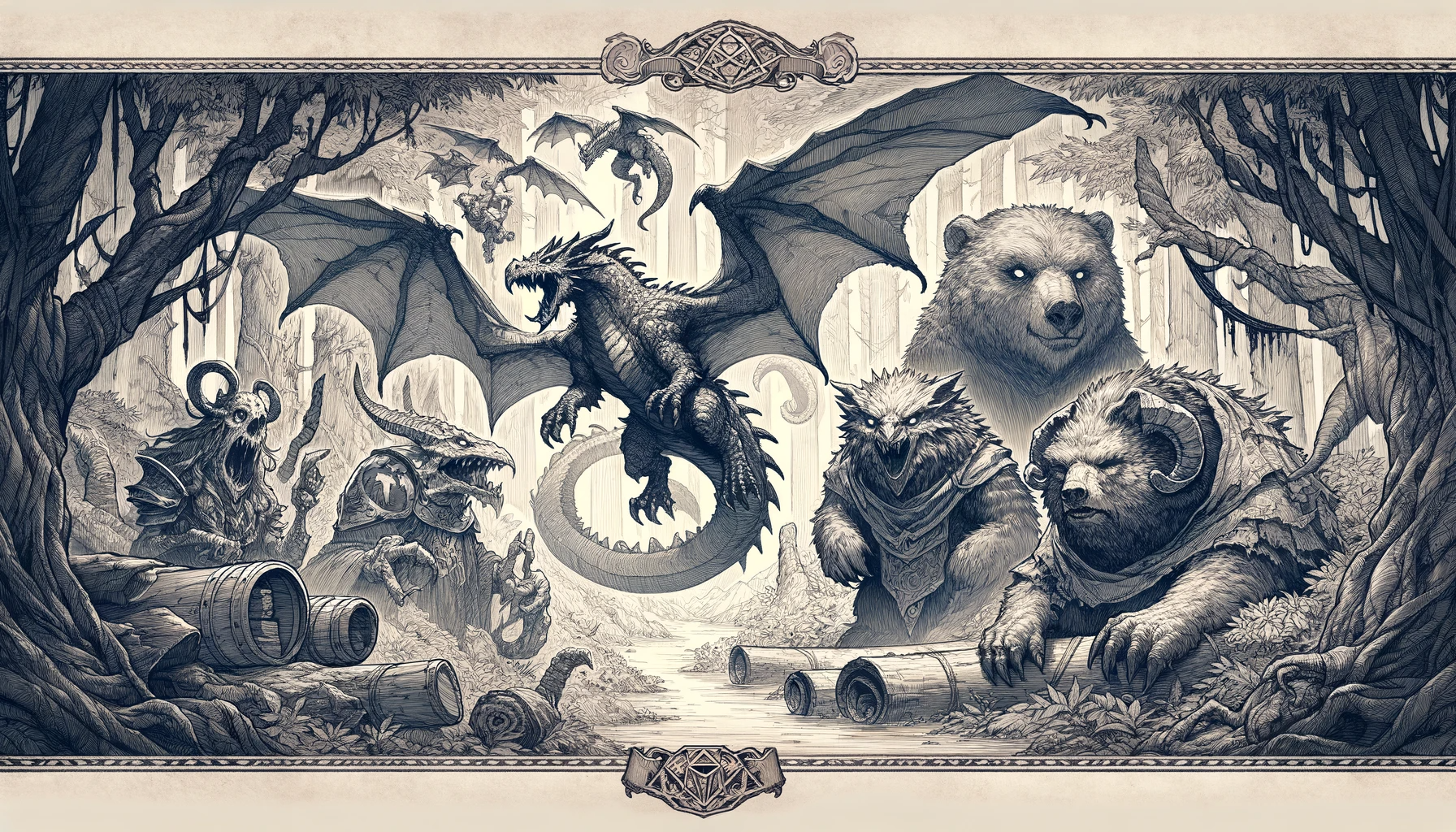Charm Person (AD&D 2E)
| Charm Person | |
|---|---|
| 1st Level Spell, Enchantment, Charm | |
Range: 120 yds. Duration: Special Area of Effect: 1 person |
Components: V,S Casting Time: 1 Saving Throw: Neg. |
| Description: This spell affects any single person it is cast upon. The term person includes any bipedal human, demihuman or humanoid of man-size or smaller, such as brownies, dryads, dwarves, elves, gnolls, gnomes, goblins, half-elves, halflings, half-orcs, hobgoblins, humans, kobolds, lizard men, nixies, orcs, pixies, sprites, troglodytes, and others. Thus, a 10th-level fighter could be charmed, but an ogre could not.
The person receives a saving throw vs. spell to avoid the effect, with any adjustment due to Wisdom (see Table 5). If the person receives damage from the caster's group in the same round the charm is cast, an additional bonus of +1 per hit point of damage received is added to the victim's saving throw. If the spell recipient fails his saving throw, he regards the caster as a trusted friend and ally to be heeded and protected. The spell does not enable the caster to control the charmed creature as if it were an automaton, but any word or action of the caster is viewed in the most favourable way. Thus, a charmed person would not obey a suicide command, but he might believe the caster if assured that the only chance to save the caster’s life is for the person to hold back an onrushing red dragon for “just a minute or two.” Note also that the spell does not endow the caster with linguistic capabilities beyond those he normally possesses (i.e., he must speak the victim’s language to communicate his commands). The duration of the spell is a function of the charmed person's Intelligence and is tied to the saving throw. The spell may be broken if a successful saving throw is rolled, and this saving throw is checked on a periodic basis, according to the creature's Intelligence (see the following table). If the caster harms, or attempts to harm, the charmed person by some overt action, or if a dispel magic spell is successfully cast upon the charmed person, the charm spell is broken. If two or more charm effects simultaneously affect a creature, the result is decided by the DM. This could range from one effect being clearly dominant, to the subject being torn by conflicting desires, to new saving throws that could negate both spells. Note that the subject has full memory of the events that took place while he was charmed. | |
| Source: Player's Handbook (TSR2159), Page 171 | |
| Intelligence Score | Time Between Checks |
|---|---|
| 3 or less | 3 months |
| 4–6 | 2 months |
| 7–9 | 1 month |
| 10–12 | 3 weeks |
| 13–14 | 2 weeks |
| 15-16 | 1 week |
| 17 | 3 days |
| 18 | 2 days |
| 19 or more | 1 day |
